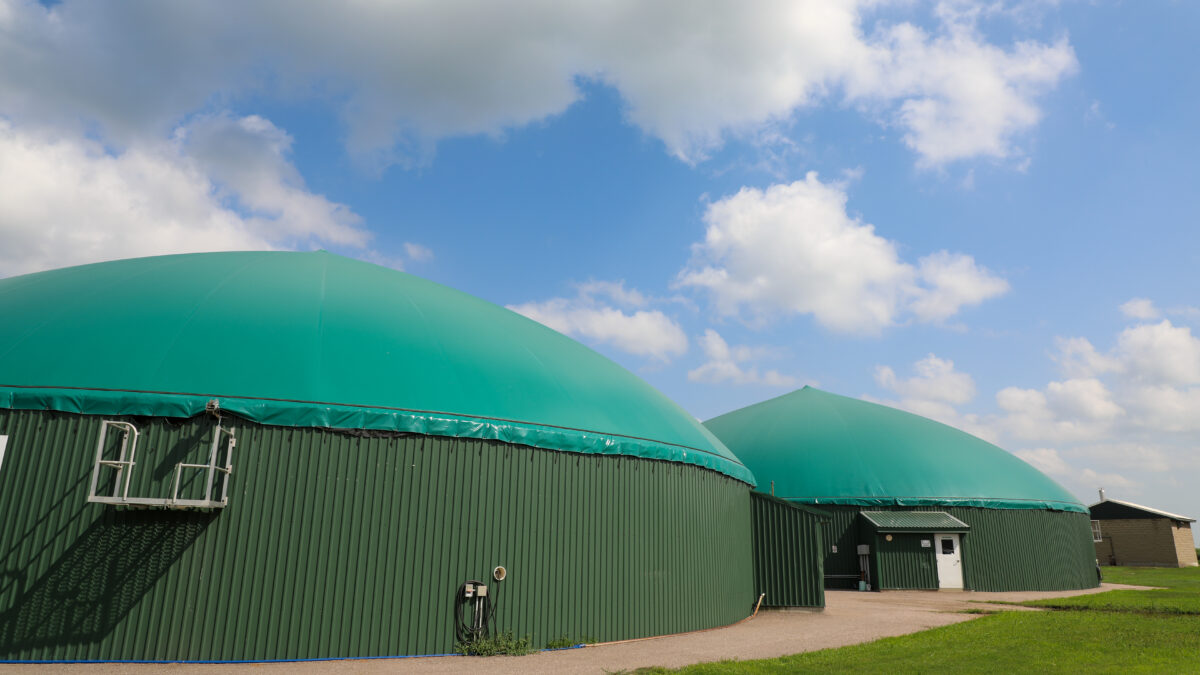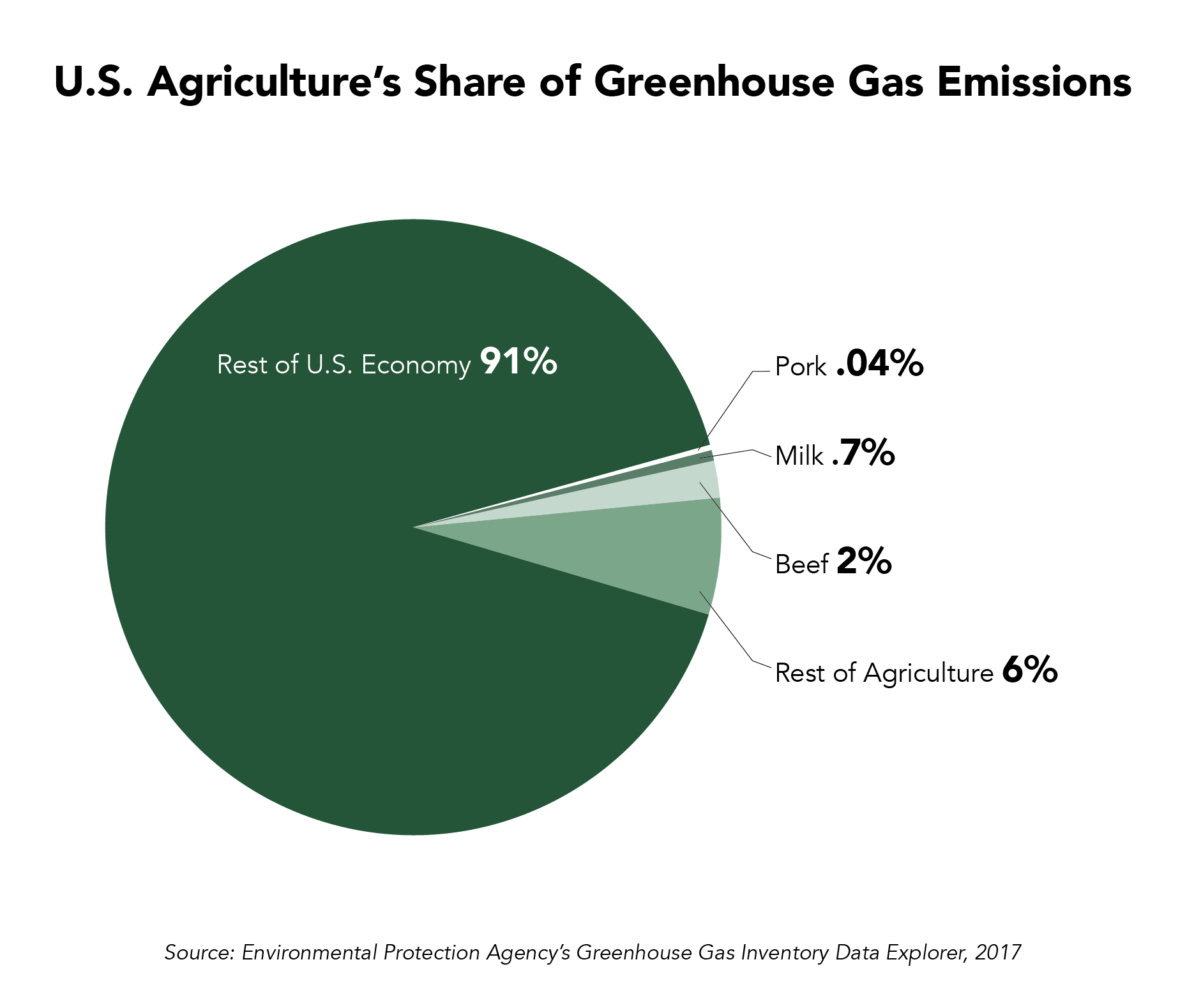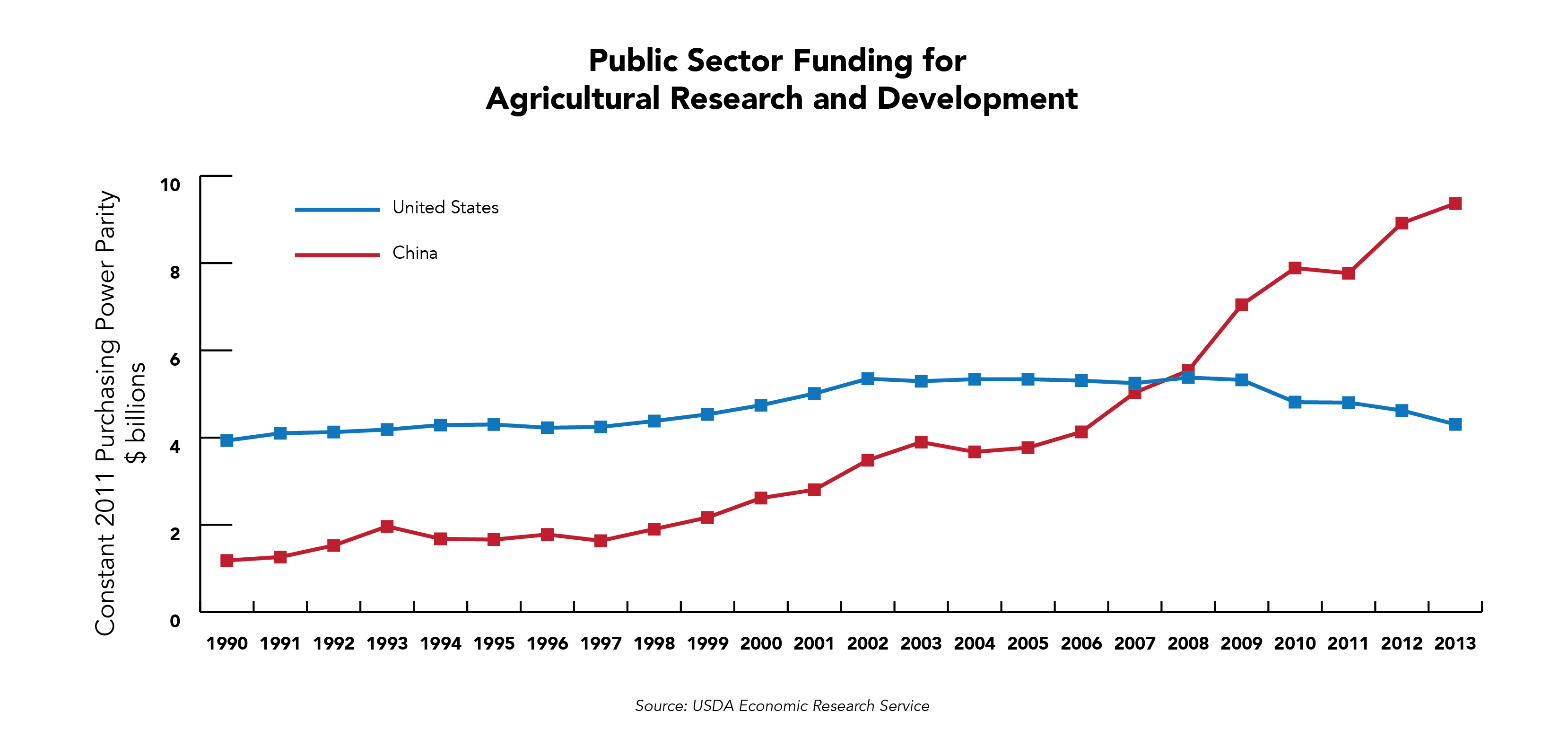Farmers Are Mitigating Climate Change: Partners Needed
TOPICS
SustainabilityGuest Author
Special Contributor to FB.org

photo credit: Right Eye Digital, Used with Permission
Guest Author
Special Contributor to FB.org
By John Newton, Ph.D. @New10_AgEcon
When the question arises of how we are going to feed the world’s 9 billion people in a climate that seems increasingly volatile and extreme, all eyes turn to U.S. agriculture, and rightfully so. The answer to this question lies ahead of us, but important lessons can be gleaned from the long-time efforts of farmers to promote soil health, conserve water and efficiently use nutrients.
Agriculture Department data reveals that over the last 70 years, U.S. farmers have boosted agricultural output by 270% while the use of resources such as land, fertilizers, chemicals and energy has remained mostly unchanged. They’ve done so in the face of droughts, floods, excessive heat and plant diseases by developing new technologies that allow them to be more productive on the farm. At the same time farmers are growing their productivity, they’re shrinking their carbon footprint.
The successes of farmers, ranchers and foresters go well beyond a smaller carbon footprint.
Data from the Environmental Protection Agency reveals that in 2017, agriculture represented only 9% of all U.S. greenhouse gas emissions – far less than the 57% of emissions generated by motor vehicles and electric power generation. Since 1990, per-unit greenhouse gas emissions related to beef production have declined by 9%. Milk-production-related GHG emissions have declined by 25%, while GHG emissions from soybean production are down nearly 30%. Moreover, methane emissions from enteric fermentation (cows passing gas), have represented less than 3% of all GHG emissions annually for nearly 30 years.

The successes of farmers, ranchers and foresters go well beyond a smaller carbon footprint.
Afforestation, the process of planting trees, has accelerated because we’re using less land to grow crops and raise livestock. These land use changes and forestry efforts consistently provide a net emission reduction larger than that of all emissions from agricultural production. Put another way, farmers, ranchers and foresters are leading the way to deliver solutions.
Then there’s renewable energy. Over the last decade nearly 3 trillion pounds of corn has been used to produce clean, renewable ethanol for blending into motor fuels. In 2018 alone, the use of ethanol and biodiesel reduced carbon emissions by an amount equivalent to 17 million cars.
Methane digesters have turned waste into a value-added product used on and off the farm. In the last five years, the use of methane digester technology has increased by nearly 30%, helping to turn waste into clean natural gas, fertilizers and other renewable products. Using digester technology and feed additives designed to reduce enteric fermentation, milk production in the U.S. could ultimately achieve net zero emissions.
We’re also doing more to protect natural resources including soil and water. In 2017 the top soil practice was no-till conservation, a method of growing crops or pasture without disrupting the soil, thereby reducing soil erosion and increasing organic matter in the soil. Farmers also planted 50% more cover crops in 2017 than they did five years earlier. Cover crops help to conserve soil, nutrients and water in the ground. More than 15% of all farmland in the U.S. receives federal support to implement conservation or wildlife preservation practices – that’s more than the land area of California and New York combined.
For decades we’ve pushed past the boundaries of innovation by investing in agricultural research and adopting practices to improve productivity, provide clean and renewable energy, and enhance sustainability. But now we’ve fallen behind other countries, like China, which is devoting twice as much public funding to agricultural research and development than the U.S.

Agriculture will continue to play an important role in helping the world adapt to and mitigate climate change, but U.S. farmers and ranchers can’t do it alone: partners are needed to help balance economic sustainability with environmental sustainability.
Currently, much of the cost of sustainability related efforts falls on farmers; the rest of the supply chain bears little of the financial load. With commodity prices at multi-year lows, farmers cannot afford to adopt many new climate-adaptive technologies without consumers and food companies stepping up to the plate as partners and problem-solvers.
Taxpayers can be proud of the federal investment in conservation programs – they are an effective part of agriculture’s sustainability story. That said, additional public sector funding for agricultural research and development is needed to develop the new technologies that will empower farmers and ranchers to write the next chapter. Innovation is key to advance the preservation of our natural resources.
Finally, while U.S. agriculture is working toward a negative carbon footprint, similar production practices must be implemented globally if we are going to succeed on a grand scale. The U.S. is leaps and bounds ahead of some countries that rely heavily on emission-intensive manufacturing. That said, our farmers and ranchers are neither bragging nor finger-pointing because they’re too busy finding new ways to do more with less. I salute their commitment, determination, resilience and ingenuity.
John Newton is chief economist at the American Farm Bureau Federation.
Trending Topics
VIEW ALL